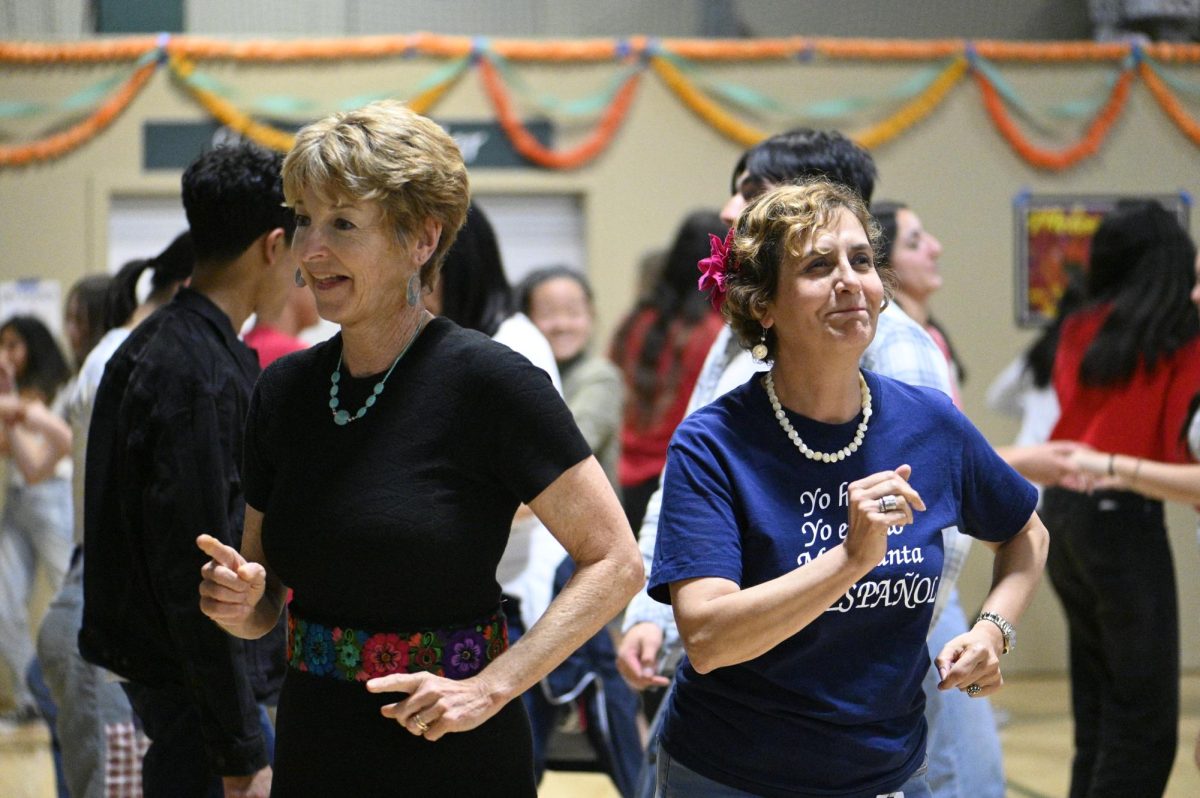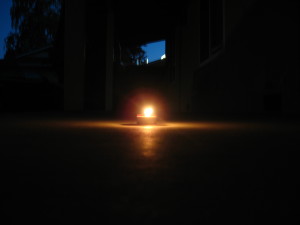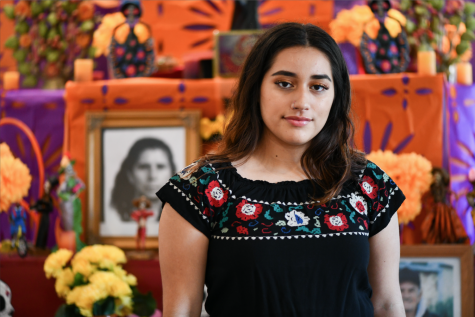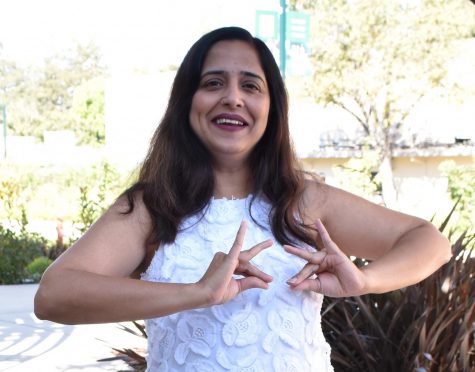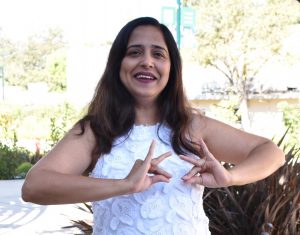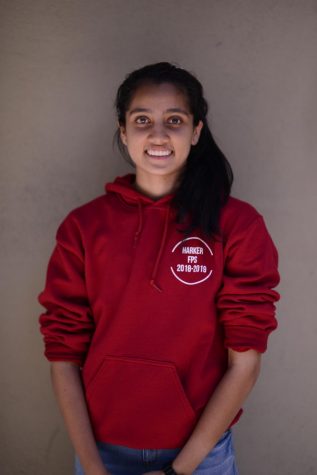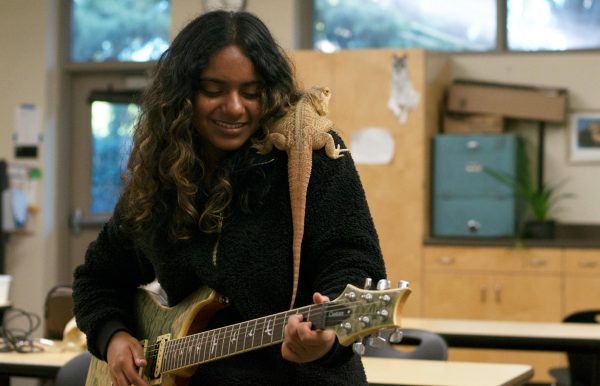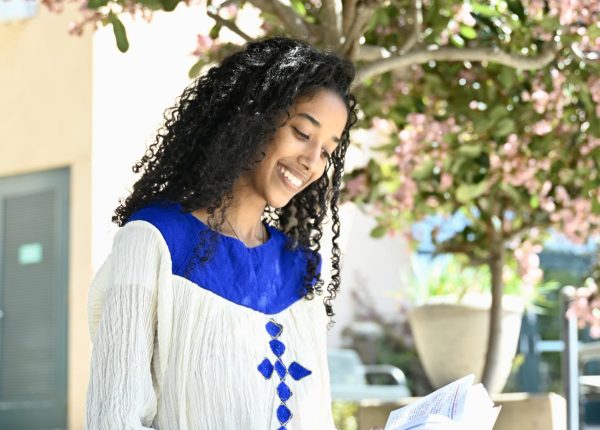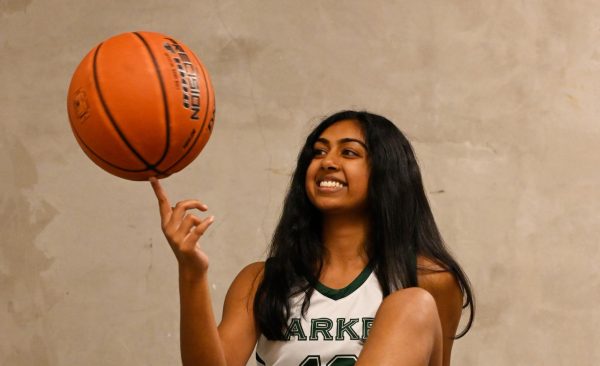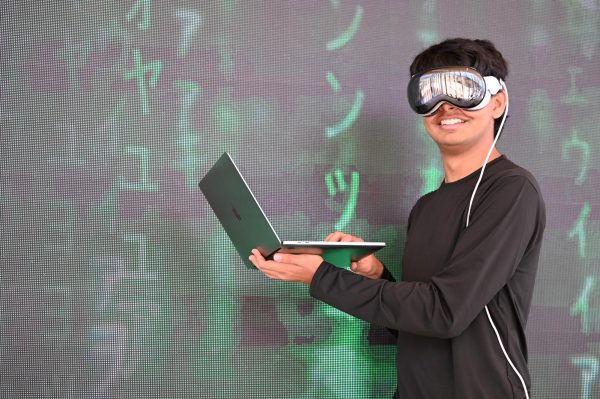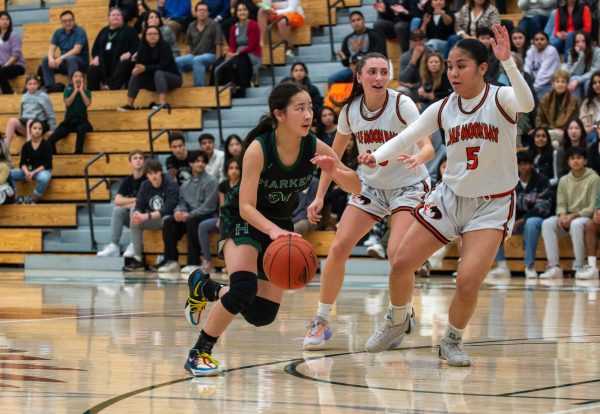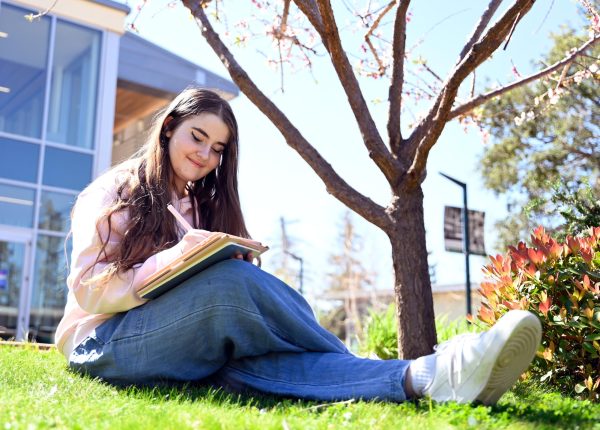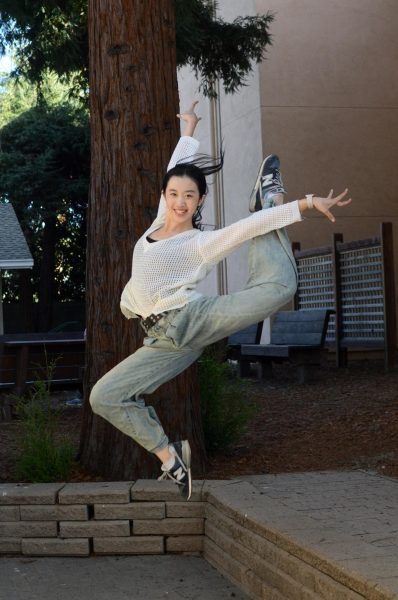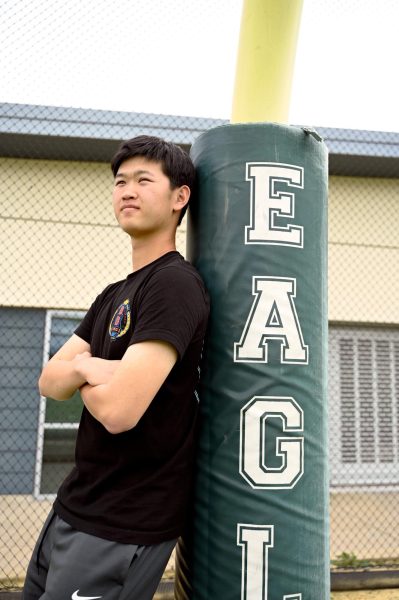Indian Wedding: A Fusion of Families
January 23, 2019
From “Crazy Rich Asians” to Instagram posts about the extravagant wedding of the Indian industrialist Ambani and the lavish weddings of Bollywood celebrities like Deepika Padukone and Priyanka Chopra, I was unsure of what to expect at my very first Indian wedding.
My cousin, Sid, was introduced to his potential bride, Mitali, by his parents. In the age of Tinder, it seemed odd that a bright Wharton graduate who has traveled 30 countries under the age of 30, would need his family’s assistance in choosing a life partner, but parent involvement is common in the Indian marriage process. Though liberal in their ideas and exposed to Western influences, the youth respect traditions, and society has a stronghold in their marriage choices. Sid and Mitali got to know each other for two years, hit it off and decided to commit to a lifelong partnership.
With the wedding date set for Christmas, and festivities beginning three days prior, I departed for Mumbai, India, after my last final exam to attend Sid’s Hindu wedding. The wedding had been planned for nine months drawing on Indian traditions. Exhausted from the long journey, we reached the wedding venue at a five-star hotel, where the festivities had already begun.
My apprehension faded as we received a warm welcome from our relatives. Decorated with bright fresh flowers, the wedding venue looked spectacular. The ladies gathered for the henna ceremony, a tradition where intricate design was put on the hands and feet of the bride and the guests. The myth says that the darker the color of the henna, the deeper the love of the groom for the bride. The ladies received favors as a “thank you” for being part of the special day.
After the henna ceremony, everyone came together to practice choreography for the big musical event the next day. As all the cousins danced to the Bollywood tunes, the energy in the room was electric. The festivities on the sangeet (music) day were the highlight of the wedding.
The sangeet was a red carpet evening with a spellbound entrance by Sid and Mitali and vibrant, enthusiastic dance performances by parents, grandparents, cousins, extended family and friends. The sets, the sounds and the light effects were spectacular, and the toasts and roasts of the bride and the groom brought excessive laughter and cheers. After the exquisite well-laid out dinner, we danced the night away to some peppy Bollywood tunes and bhangra music.
The wedding ceremony kicked off with the baraat or Sid’s wedding procession. Sid and his guests proceeded in a converted open auto-rickshaw, dancing to the tunes of the traditional Indian “dhol” (drums) and “shehnai” (flute) to meet the bride at the wedding venue. The rickshaw was a modern twist to the traditional custom of the groom riding an elephant or a horse.
During the wedding, the priest recited various enchanting shlokas (verses) and hymns in Sanskrit and translated into English for the benefit of guests visiting from different parts of the world. The chanting of the verses filled the atmosphere with positive energy. Sid and Mitali exchanged flower garlands and sat down for the ceremony. While Mitali looked stunning in her red and white saree and heavy gold jewelry, the bright outfits of the guests and their intricate jewelry enhanced the vibrance and festivity of the occasion. What resonated was how the marriage seemed more a union of the families than a coupling of just two people in love. At the end of the four days of festivities, showered with endless love, I felt closer to my familial and cultural roots than I had in a long time.
Towards the end of the ceremony, the couple circled the fire four times followed by seven steps and seven vows, and the groom placed a necklace of gold with small black beads (mangal sutra) around the bride’s neck and put red powder (sindoor) in the parting of her hair. There was no exchange of rings or wedding vows – the mangal sutra and sindoor were physical symbols and pronouncement of husband and wife. The newly married couple took blessings from the elders by touching their feet, and the rest of the guests came together to celebrate and bless the young couple with years of health and happiness.
As the guests proceeded to the dinner, the elaborate display of cuisine is something permanently stuck in my memory. Live stations of chefs – dosa, chaat, Mediterranean, stir fry, Mexican, pizza, traditional Rajasthani and pasta – prepared vegetarian food from all different parts of the world. The choice of desert ranged from Indian sweets to cakes, pastries and ice cream kulfi to the live station of jalebi with rabdi. The buffet-style dinner for the guests was replaced by the family style meals for the family as we all sat on a long table, sitting and eating together.
The grand finale was the reception; with meticulous planning and every detail covered, approximately 1,100 guests queued up to wish the newlywed couple on the stage. The large banquet hall had small round tables with stunning rose centerpieces for guests to chose to sit with those they know at the table to keep intimate conversation flowing. The soft melodies flowing from the harp throughout the evening and the dim lighting with matte dark colors set the stage for a very romantic evening.
What resonated was how the marriage seemed more a union of the families than a coupling of just two people in love. At the end of the four days of festivities, showered with endless love, I felt closer to my familial and cultural roots than I had in a long time. The wedding was a unique opportunity to spend time with family, appreciate the traditions and celebrate the union of two people in love.































![Setter Emma Lee (9) sets the ball to the middle during the match against Pinewood on Sept. 12. “[I’m looking forward to] getting more skilled, learning more about my position and also becoming better friends with all of my teammates, Emma said.](https://harkeraquila.com/wp-content/uploads/2023/09/DSC_4917-2-1200x795.jpg)








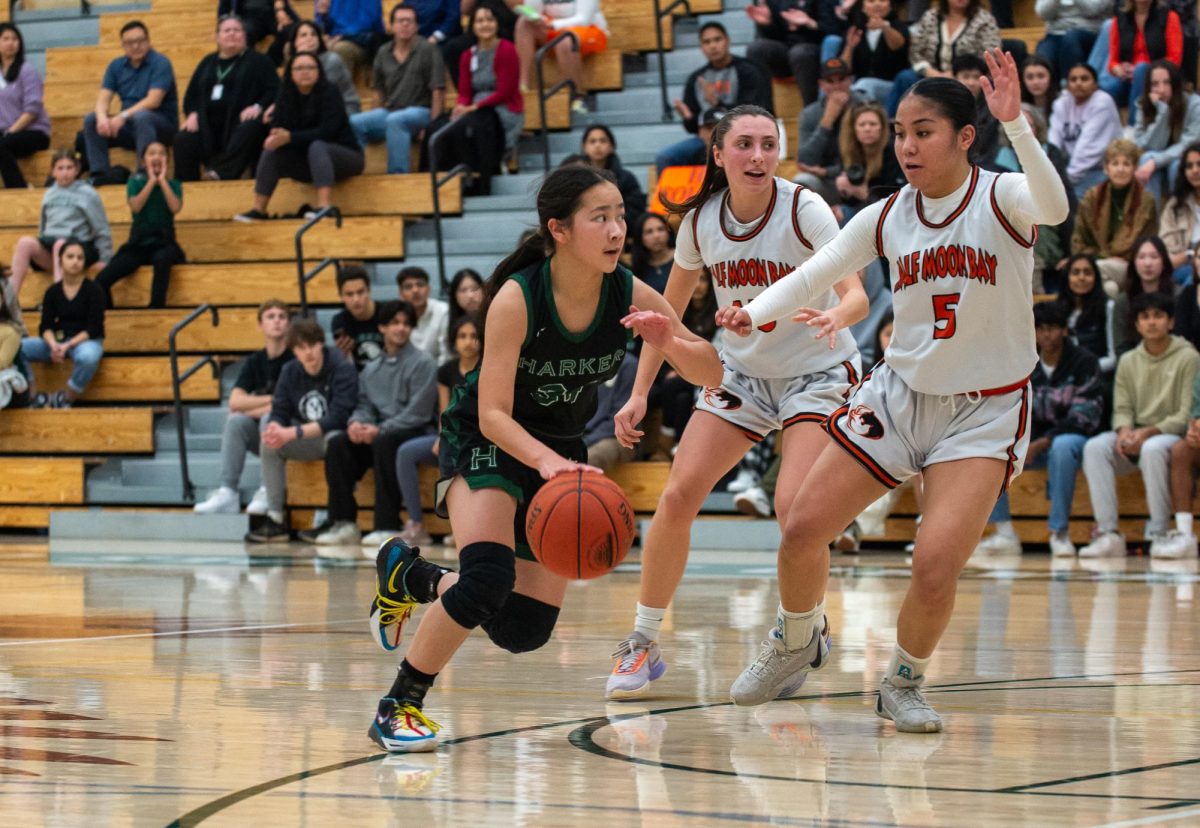























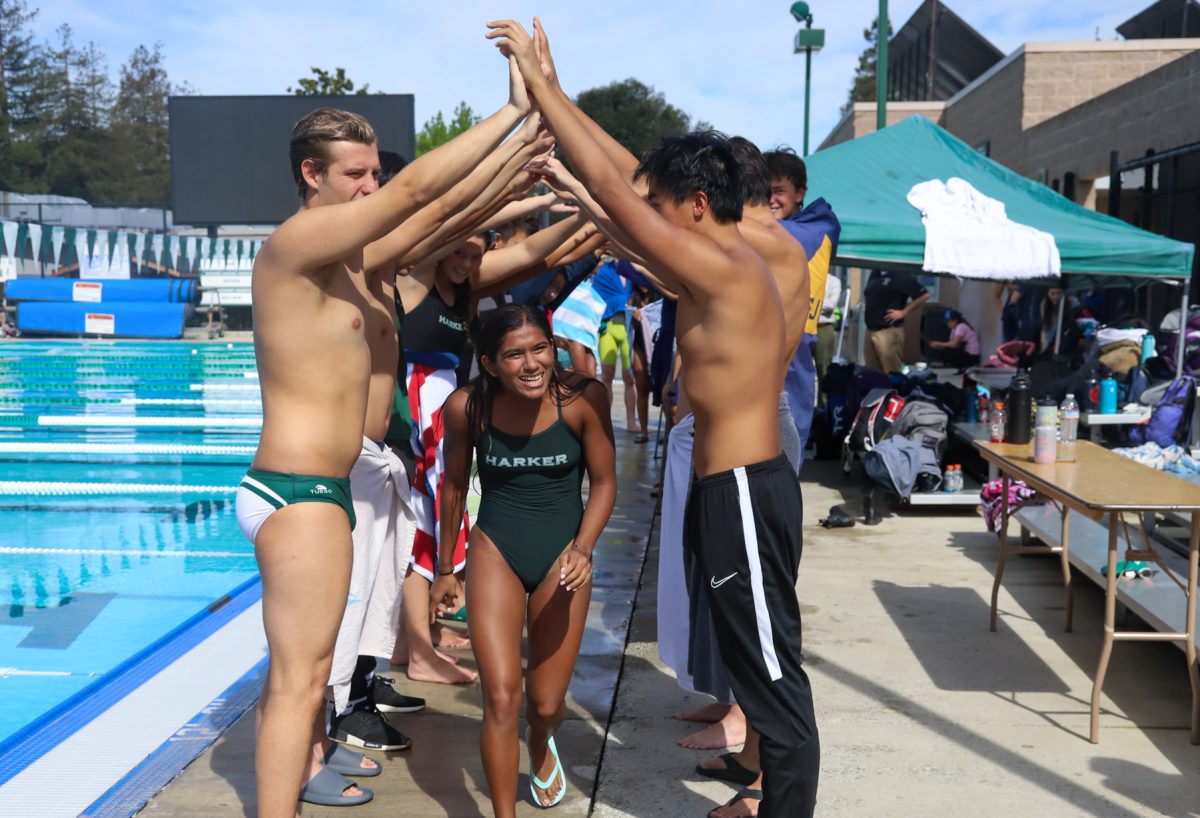
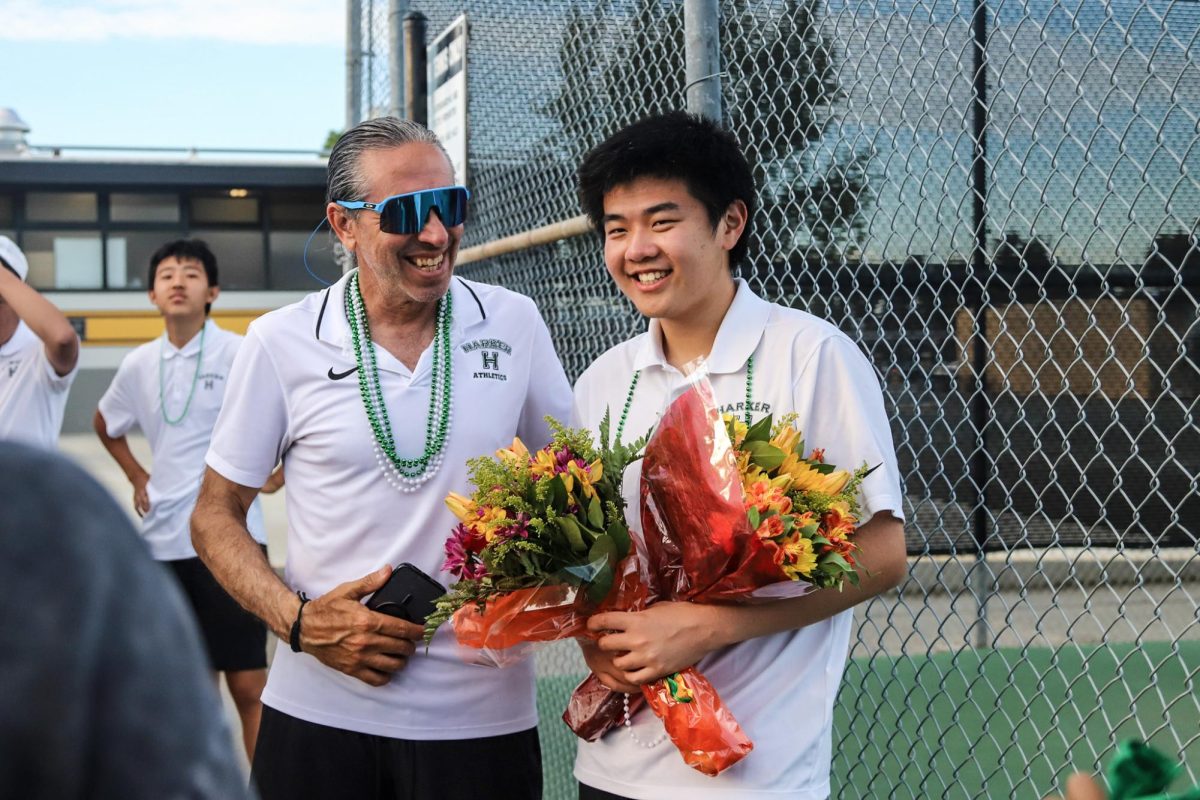
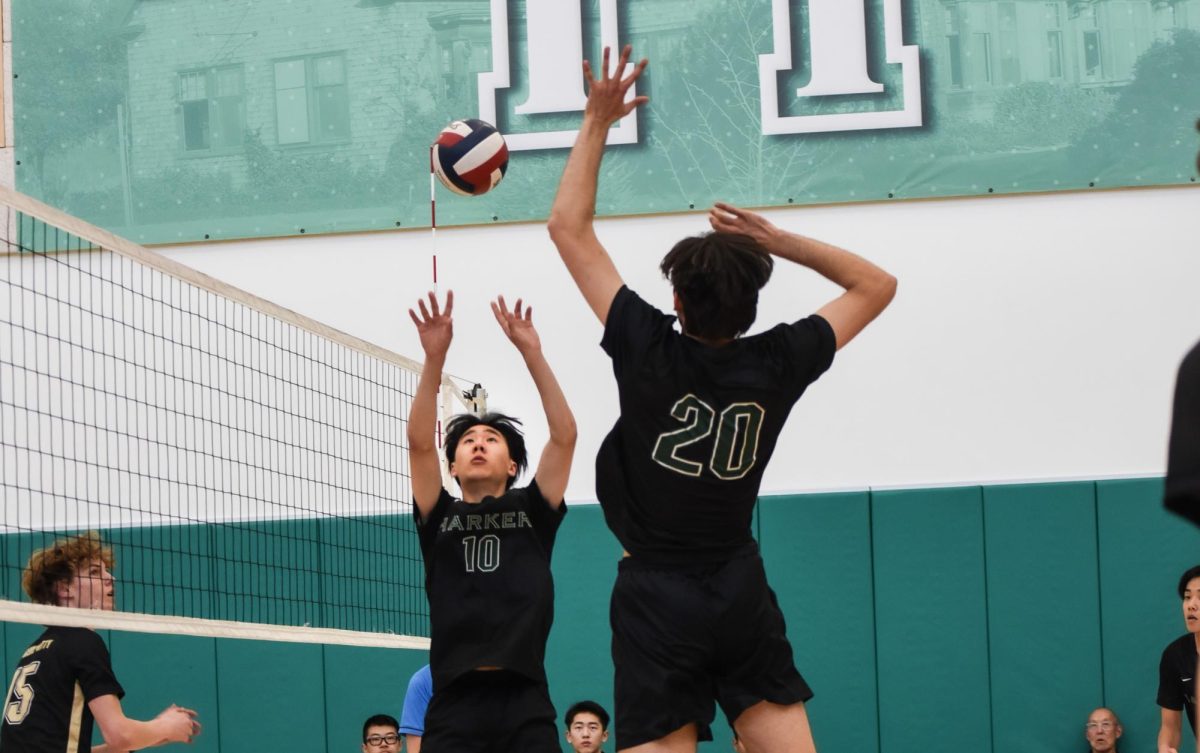
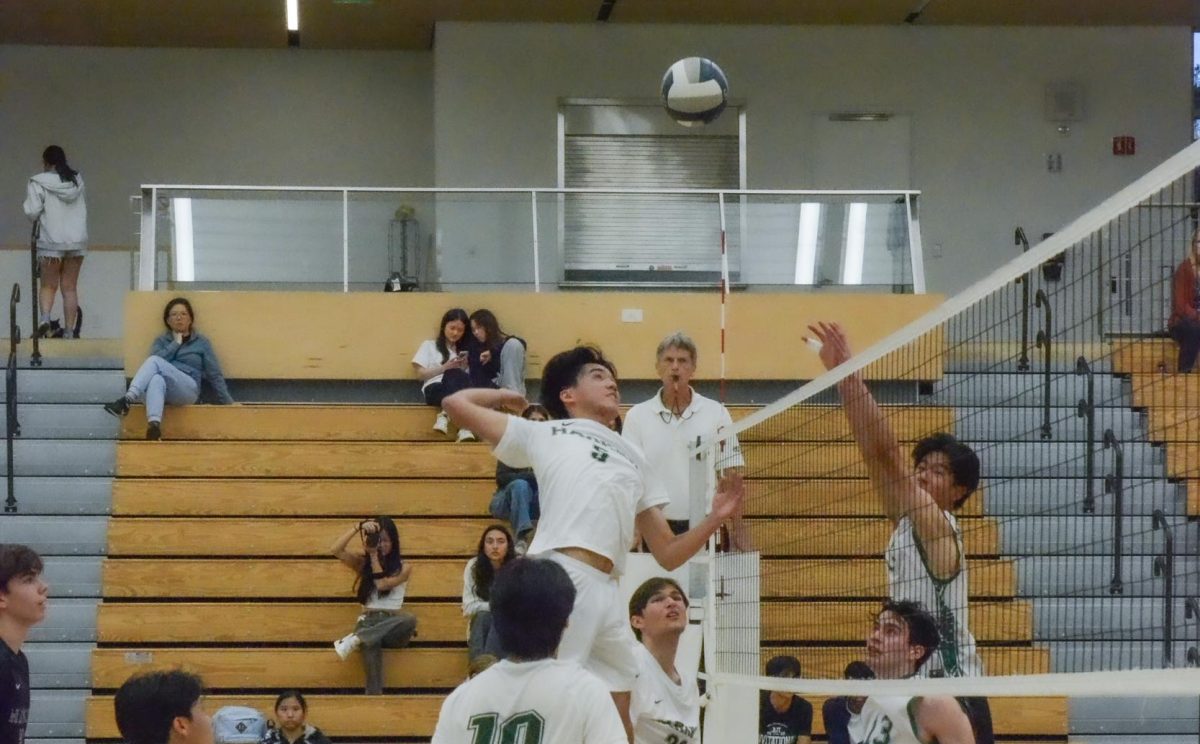

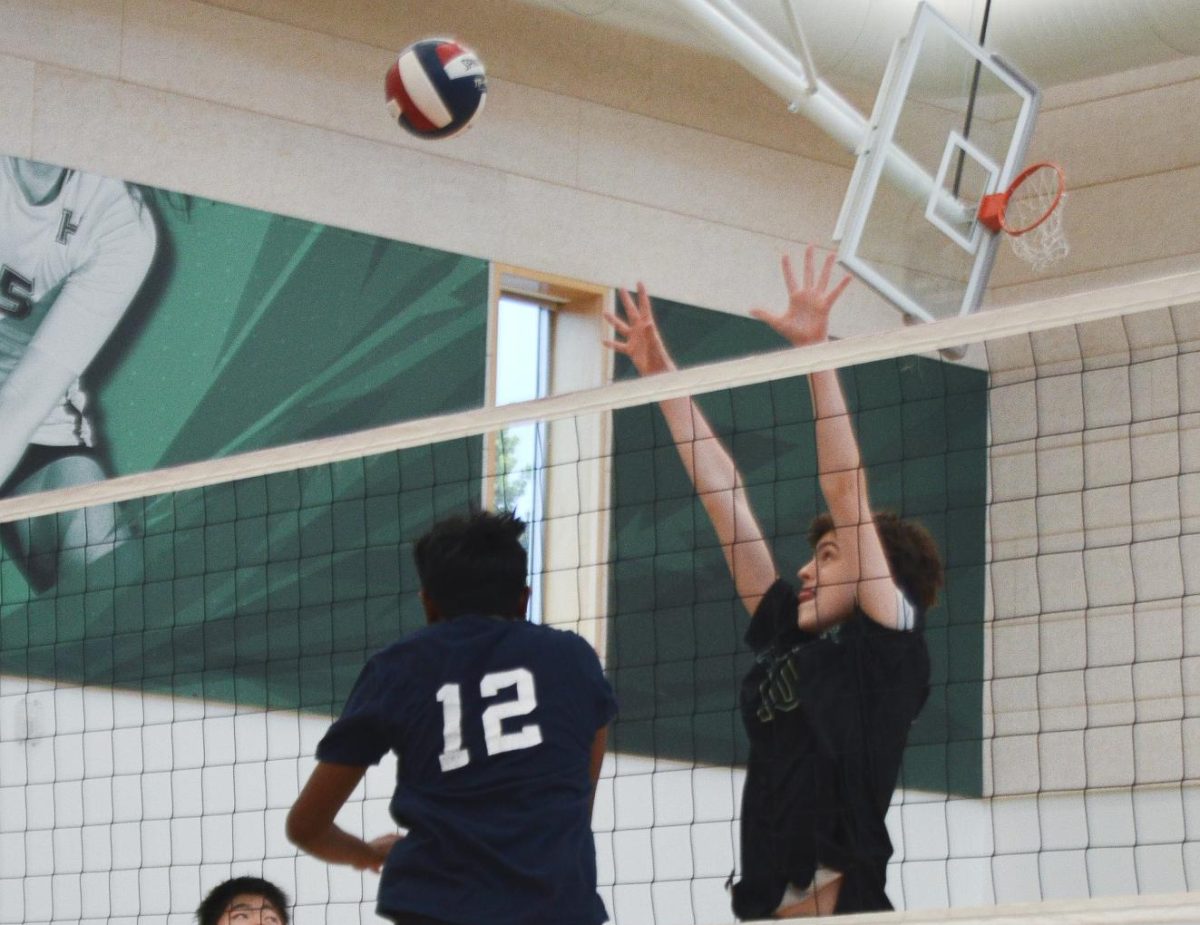




























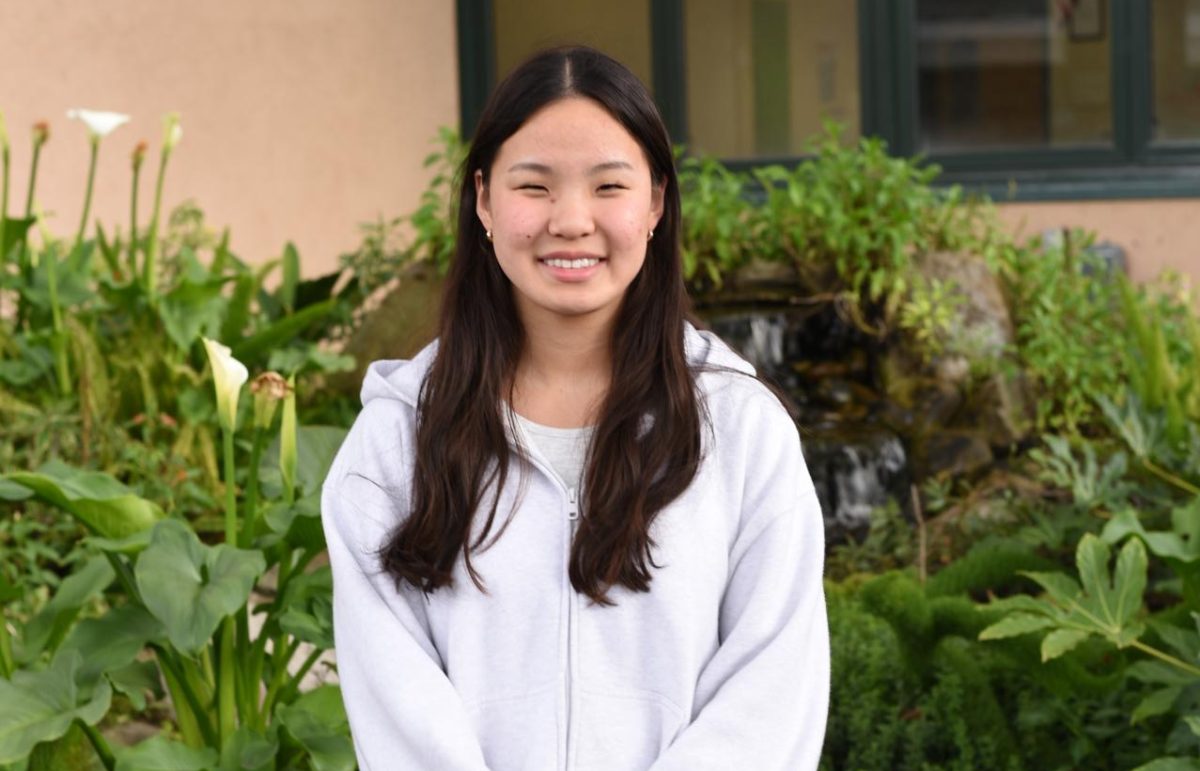
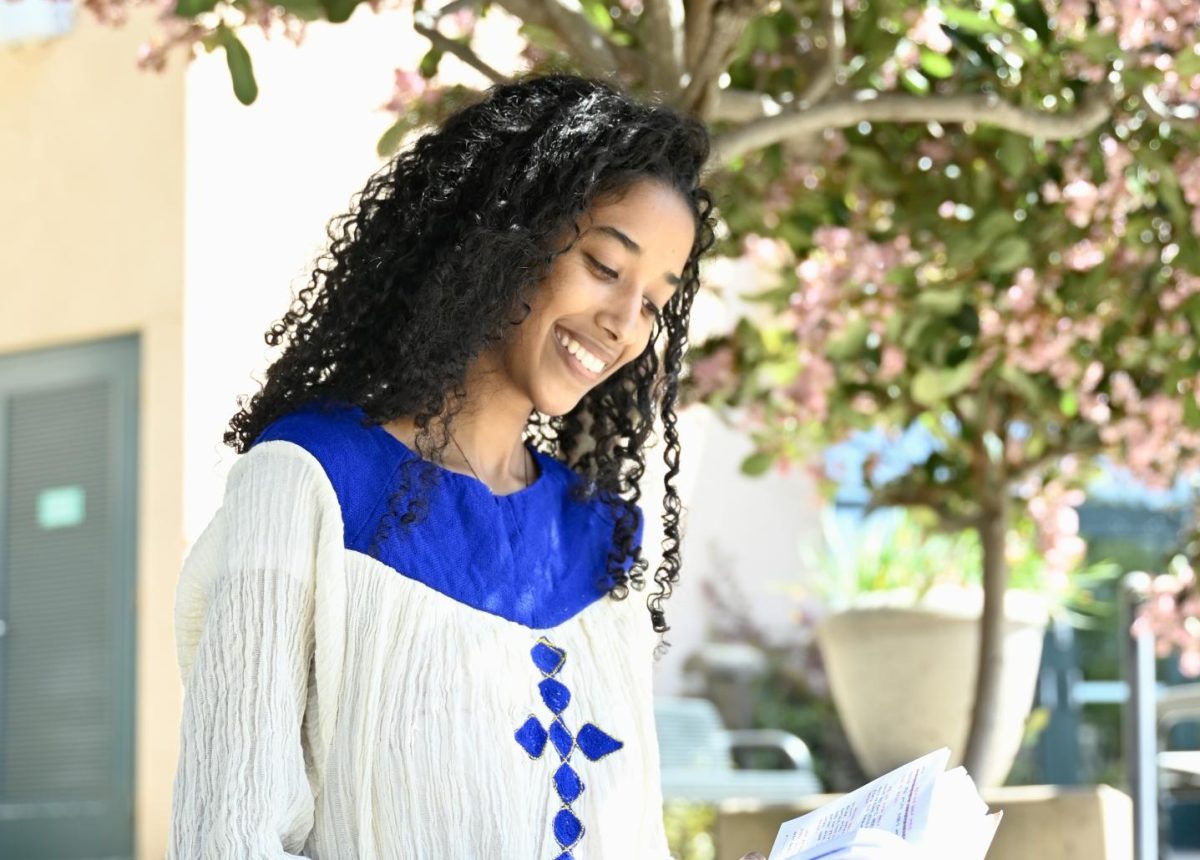
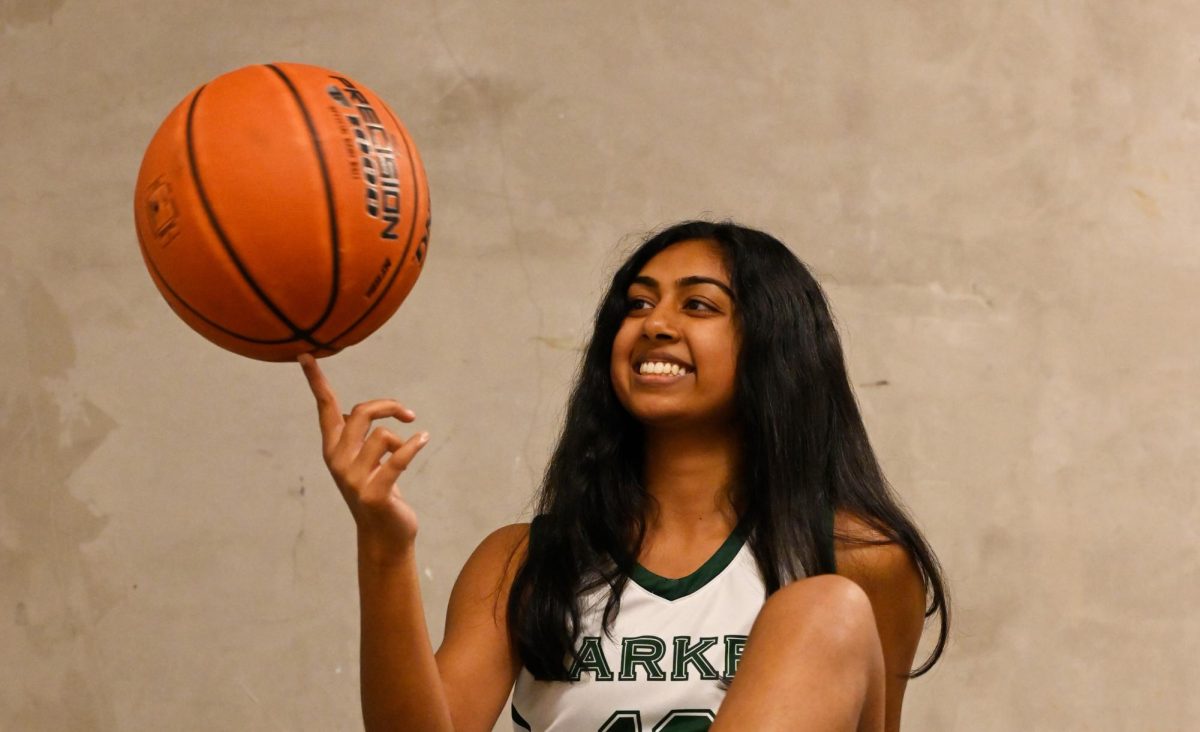










![“[Building nerf blasters] became this outlet of creativity for me that hasnt been matched by anything else. The process [of] making a build complete to your desire is such a painstakingly difficult process, but Ive had to learn from [the skills needed from] soldering to proper painting. Theres so many different options for everything, if you think about it, it exists. The best part is [that] if it doesnt exist, you can build it yourself, Ishaan Parate said.](https://harkeraquila.com/wp-content/uploads/2022/08/DSC_8149-900x604.jpg)


![“Animation just clicked in a way. I had been interested in art, but that felt different. [Animation] felt like it had something behind it, whereas previous things felt surface level. I wasnt making that crazy of things, but just the process of doing it was much more enjoyable, Carter Chadwick (22) said.](https://harkeraquila.com/wp-content/uploads/2022/08/Screen-Shot-2022-08-16-at-9.44.08-AM-900x598.png)


![“When I came into high school, I was ready to be a follower. But DECA was a game changer for me. It helped me overcome my fear of public speaking, and its played such a major role in who Ive become today. To be able to successfully lead a chapter of 150 students, an officer team and be one of the upperclassmen I once really admired is something Im [really] proud of,” Anvitha Tummala (21) said.](https://harkeraquila.com/wp-content/uploads/2021/07/Screen-Shot-2021-07-25-at-9.50.05-AM-900x594.png)



![“[Volleyball has] taught me how to fall correctly, and another thing it taught is that you don’t have to be the best at something to be good at it. If you just hit the ball in a smart way, then it still scores points and you’re good at it. You could be a background player and still make a much bigger impact on the team than you would think,” Anya Gert (’20) said.](https://harkeraquila.com/wp-content/uploads/2020/06/AnnaGert_JinTuan_HoHPhotoEdited-600x900.jpeg)

![“Im not nearly there yet, but [my confidence has] definitely been getting better since I was pretty shy and timid coming into Harker my freshman year. I know that theres a lot of people that are really confident in what they do, and I really admire them. Everyones so driven and that has really pushed me to kind of try to find my own place in high school and be more confident,” Alyssa Huang (’20) said.](https://harkeraquila.com/wp-content/uploads/2020/06/AlyssaHuang_EmilyChen_HoHPhoto-900x749.jpeg)













![“My slogan is ‘slow feet, don’t eat, and I’m hungry.’ You need to run fast to get where you are–you arent going to get those championships if you arent fast,” Angel Cervantes (12) said. “I want to do well in school on my tests and in track and win championships for my team. I live by that, [and] I can do that anywhere: in the classroom or on the field.”](https://harkeraquila.com/wp-content/uploads/2018/06/DSC5146-900x601.jpg)

![“I think getting up in the morning and having a sense of purpose [is exciting]. I think without a certain amount of drive, life is kind of obsolete and mundane, and I think having that every single day is what makes each day unique and kind of makes life exciting,” Neymika Jain (12) said.](https://harkeraquila.com/wp-content/uploads/2017/06/Screen-Shot-2017-06-03-at-4.54.16-PM.png)





